Forcing Hitler Underground: The Führerbunker
Their bodies were doused with petrol and incinerated in a bomb crater, here, in what is now a parking lot. Adolf Hitler and Eva Braun were married only forty hours before they took cyanide. The events preceding their deaths are now larger than life: Hitler celebrating his 56th birthday underground, returning once more to the surface to bestow the iron cross to child warriors sent to their deaths. There was the advance of Soviet troops, the frenzied atmosphere of rage, the inability to accept defeat; and then self-annihilation, Joseph Goebbels and his wife slaughtering their six children, and Hitler’s death on 30 April 1945.
It is hard to imagine all these events happening here, in the courtyard of a Communist-era housing complex, not far from the Brandenburg gate and the Memorial to the Murdered Jews of Europe. The buildings are of pre-fabricated concrete slabs, ‘Plattenbau’, the garden is unkept, and second-hand Volkswagens litter the lot. Much is demanded of the imagination, and a tour guide can easily point to any place on the ground and say, ‘Here is where Hitler died’, because there are no traces. You cannot even squint and visualise that, just opposite, were Hitler’s offices, the Reich Chancellery. Now, nothing visible remains.

One might suppose that the place was bombed to dust first by British planes and then by Soviet tanks during the Second World War. But this was not the case. At the end of the war, Hitler’s bunker was still largely intact, along with the skeletons of surrounding buildings.
What happened then was a systematic effort by the Communist authorities to destroy traces of the past. Between 1945 and 1949, the Chancellory buildings were detonated by the Soviets, who found them in their zone of control. In December 1947 and again in the summer of 1959, they attempted to blow up the bunker itself, but Albert Speer’s design proved resilient (the bunker’s walls were themselves 4 m thick in the 1944 construction, improving on the earlier adjacent bunker from 1936/7). In the eighties, with the building of the housing blocks, the bunker was reopened, filled with sand and rubble, then sealed again, and buried under the current parking lot. The location remained without any indication of what was underneath until the late date of 8 June 2006, when a modest plaque was erected, not by the government but by the non-profit Berliner Unterwelten (Berlin Underworlds) with the agreement of the city.

The ground is uneven, the grass shabby, there are a few stones littered around, and you can pick up one and ask whether it was once part of the great ensemble of buildings meant to protect the Führer. The imagination runs wild with speculation, the absence of evidence invites this. Where underground are the cells, which contained communication switchboards, generators, ventilators, bedrooms, water tanks and wine cellars? I half imagine a whole crew of Nazis, underground, still waiting, for the right moment to emerge, like a scene from a Kusturica film. There is a silence about this place that provokes fantasy. Meanwhile, there is no official impetus to excavate, or even to memorialise further.
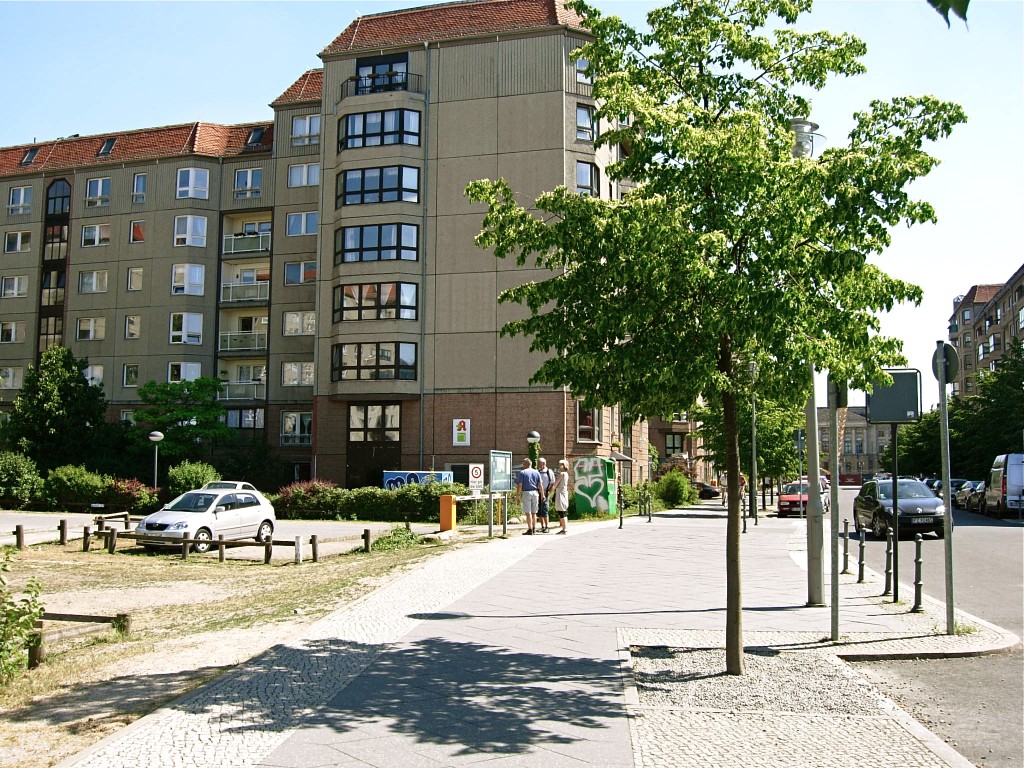
The Soviets saw history as progress, the gaze was turned forward. I can easily understand their impetus to discard with the evidence of the rise of other empires, whose demise might presage their own. But how do our ideologies, those intent on remembering and preserving traces of the past in order to learn from them, to remain mindful in the future, fare in this place?
Badly.
There is the fear of an excavated Hitler’s bunker becoming a shrine to neo-Nazis, an embarrassment to the German authorities. This is the logic that made a recent exposition of Nazi-era children’s toys and household objects at the Deutsches Historisches Museum so controversial. But I think that there are other motives to consider as well, whether there is satisfaction in obliterating and then forgetting the place where Hitler died. Is it revenge? Hitler himself hoped that his structures would crumble into ruins so he would be remembered, and he has been denied this. Or is it also the unacknowledged comfort of reducing Hitler to simply a specter, a monster who will eventually vanish from this place, from this corner of German consciousness?
I can almost imagine seeing his ghost wandering the parking lot at night, looking for the entrance to the bunker. As a spirit hanging over this place, Hitler will continue to summon the imagination, the denouement of his regime will be evoked with myth, skewed with forgetting. Then blink, and the ghost will disappear.
No, we need these remains, and we need them visible, to expose the banality of this place, to moor the re-imagining of Hitler’s last days on some visible shred of evidence. We must show the antiquated structures where this leader hid, as the people he led, and deported, perished all around him. Wild fantasy, stories, but no old stones, come from walking around the corridors of these housing blocks or across this empty lot.
Because here memory has been sacrificed to fear.

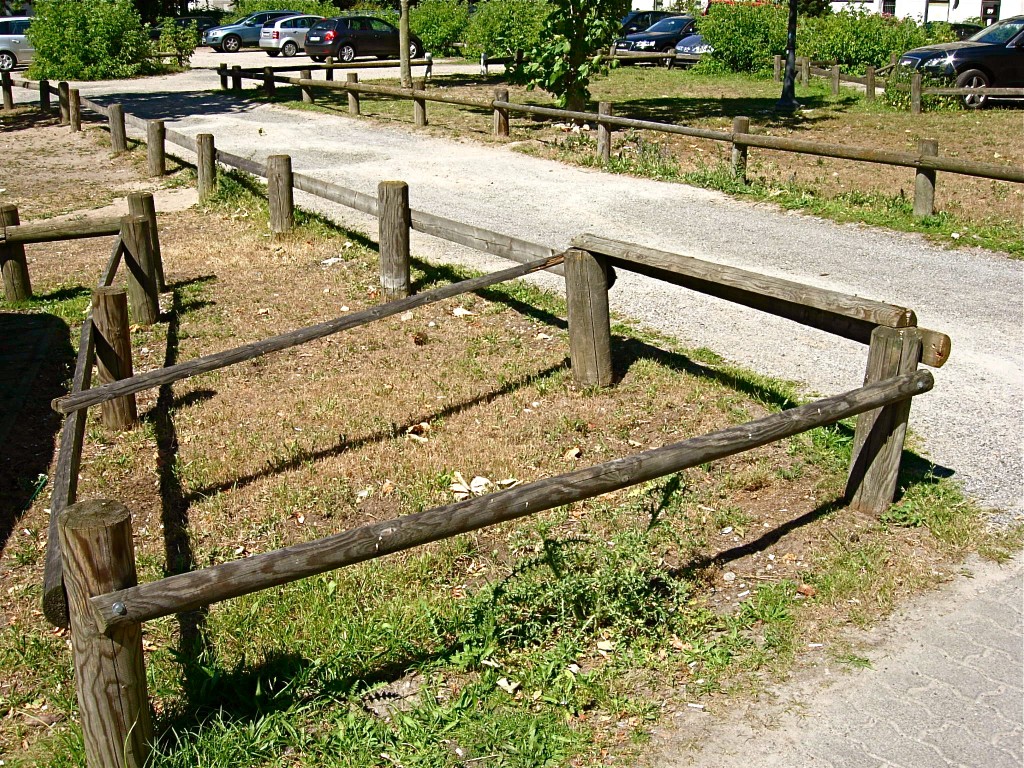
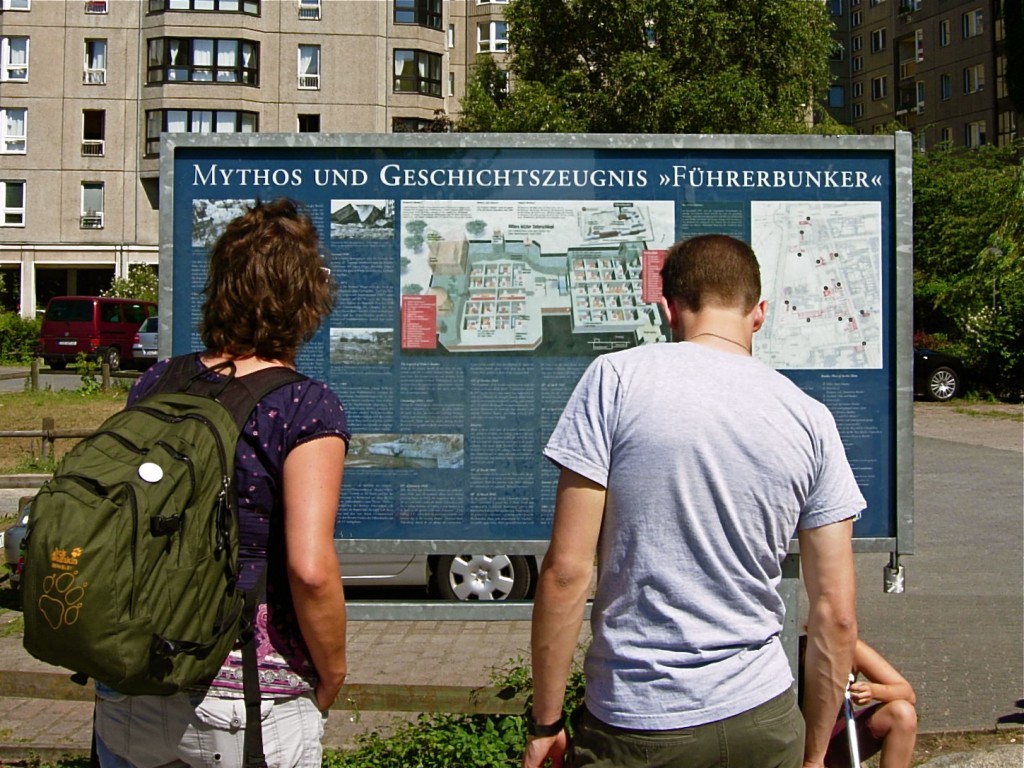
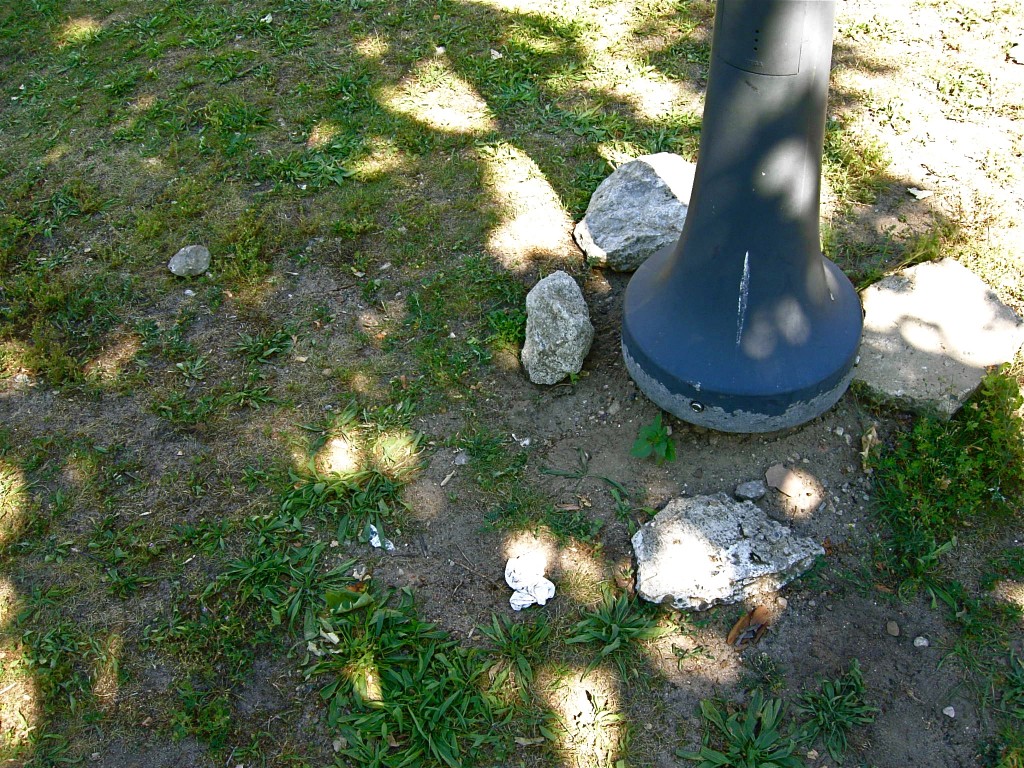
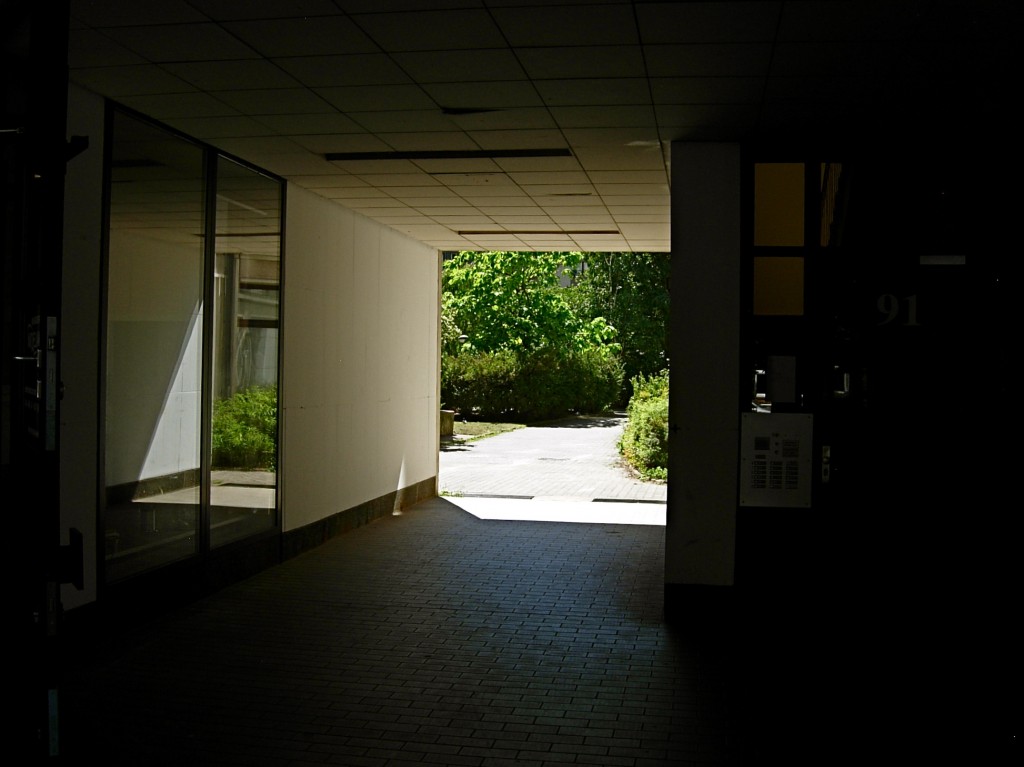
5 thoughts on “Forcing Hitler Underground: The Führerbunker”